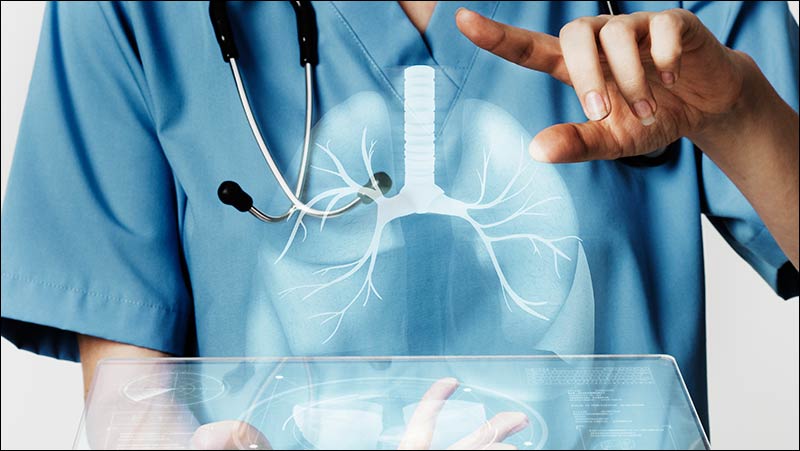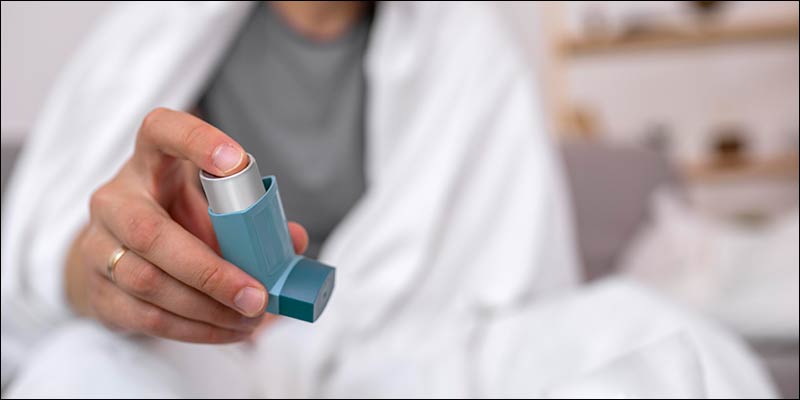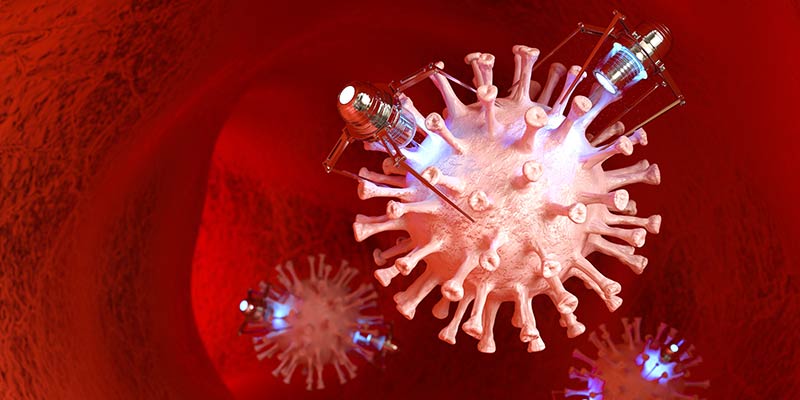In recent times, a concerning rise in pneumonia cases has been observed, signifying a potential outbreak of this respiratory infection. Understanding the causes, symptoms, and necessary precautions during a pneumonia outbreak is crucial for effective management and prevention of further spread.
What is Pneumonia?
Pneumonia refers to an infection that inflames the air sacs in one or both lungs. The air sacs may fill with fluid or pus, leading to coughing with phlegm or pus, fever, chills, and difficulty breathing. This infection can be caused by various microorganisms, including bacteria, viruses, and fungi.
Origin of Pneumonia Outbreak

While the mysterious pneumonia that has been raging in China for the past few days has raised concerns, now this disease has raised its face in the United States. A number of children in the US state of Ohio are suffering from mysterious pneumonia. All these children have been admitted to the hospital and are undergoing treatment.
Health systems are on high alert as the number of children suffering from the disease rises in China. This mysterious pneumonia disease found in China has been found in only one US state, Ohio.
Warren County health officials in the US said there have been 142 pediatric medical cases since August. He named this disease as ‘White Lung Syndrome‘.
Warren County officials issued a statement Wednesday (Nov. 29). White Ling Syndrome is a major challenge for the Ohio medical department, he said in the statement. Also, he said, the disease is similar to the mysterious pneumonia that spread in China. So, now after China, US tension has increased.
Pneumonia crisis in the Netherlands and Denmark
After the US, the crisis of this mysterious pneumonia has also arisen in the Netherlands and Denmark. The Netherlands and Denmark also reported that their countries had reported similar cases of cryptic pneumonia in children.
Some studies have revealed that children’s immune systems have weakened due to lockdowns, forced masks and school closures during the Corona epidemic.
As a result, children are more susceptible to seasonal infections. Warren County health officials advise children to wash their hands, use a tissue when coughing and rest at home when sick, and stay up-to-date on vaccines to prevent the disease.
Following are the symptoms reported by Warren County doctors regarding this disease:
- Fever
- Coughing
- Fatigue
What is Mycoplasma Pneumoniae
Instead of being a virus akin to those causing flu, SARS, or COVID-19, Mycoplasma pneumoniae is a bacterium capable of inducing pneumonia by harming the linings of the throat, lungs, or trachea.
It’s fairly prevalent and requires a host to propagate. Identified over 100 years ago as a contributor to lung ailments in cattle, it wasn’t acknowledged as a source of “atypical” pneumonia in humans until 1944 when scientists dubbed it with a name derived from the Greek expression for “fungus-formed”.
Prevention and Conclusion
Preventing pneumonia involves various strategies, including:
- Vaccination against influenza, pneumococcal disease, and other preventable infections.
- Practicing good hygiene, such as regular handwashing.
- Avoiding smoking and minimizing exposure to pollutants.
Pneumonia Outbreak Precautions

During a pneumonia outbreak, taking preventive measures is essential to curb its spread:
- Personal Hygiene: Regular handwashing, using hand sanitizers, and practicing respiratory hygiene by covering coughs and sneezes.
- Social Distancing: Maintaining physical distance from individuals exhibiting symptoms and avoiding crowded places.
- Wearing Masks: Using masks, especially in public settings, to reduce the risk of inhaling or transmitting infectious particles.
- Seeking Medical Attention: Promptly consulting healthcare professionals if experiencing symptoms or exposure to infected individuals.
Conclusion
A pneumonia outbreak demands vigilance and concerted efforts from both individuals and authorities to mitigate its impact. Heightened awareness, adherence to preventive measures, and early detection are pivotal in controlling the spread of the infection and safeguarding public health.

